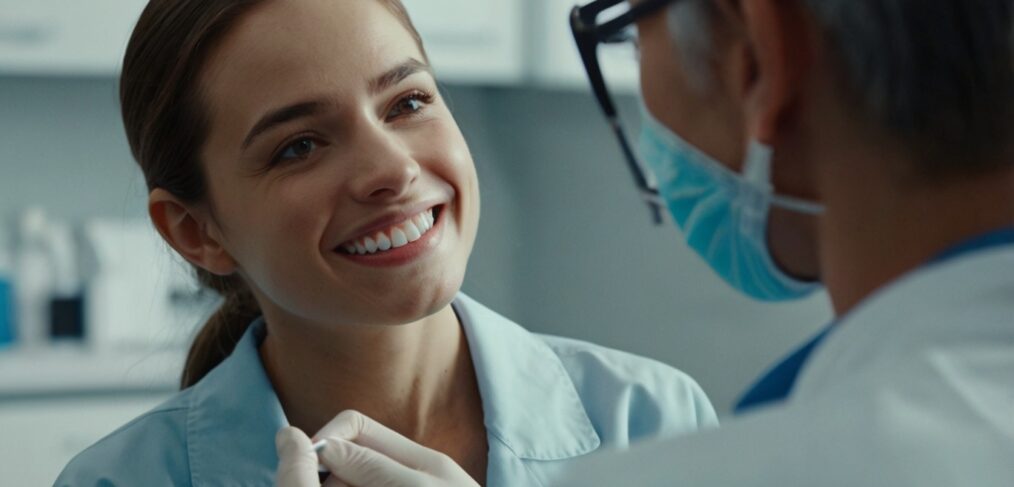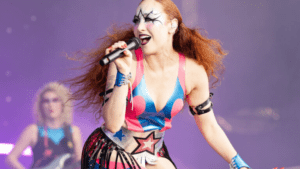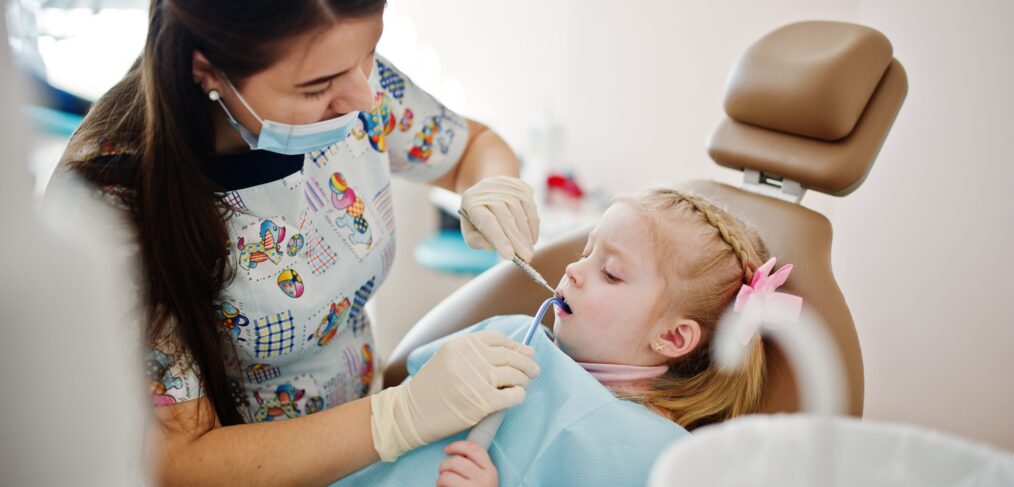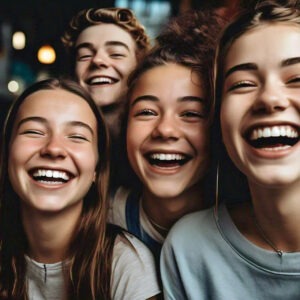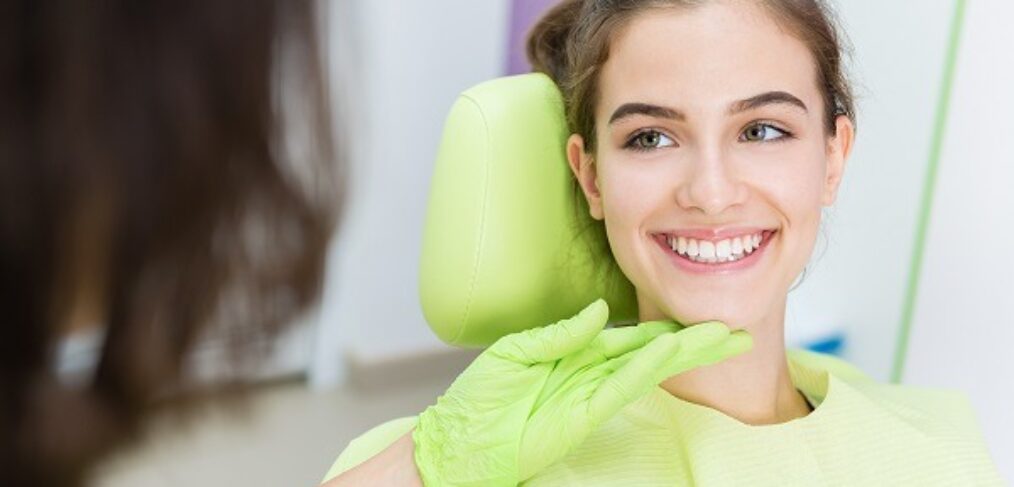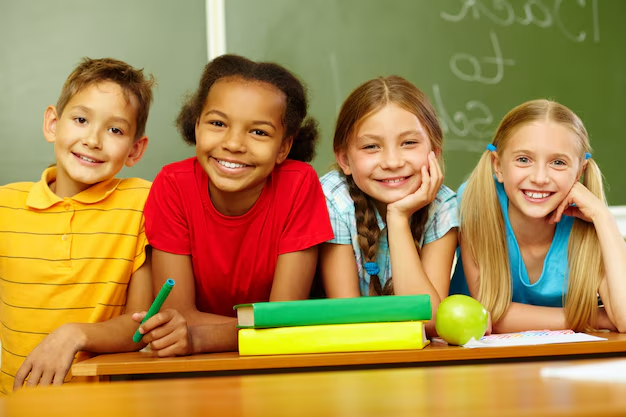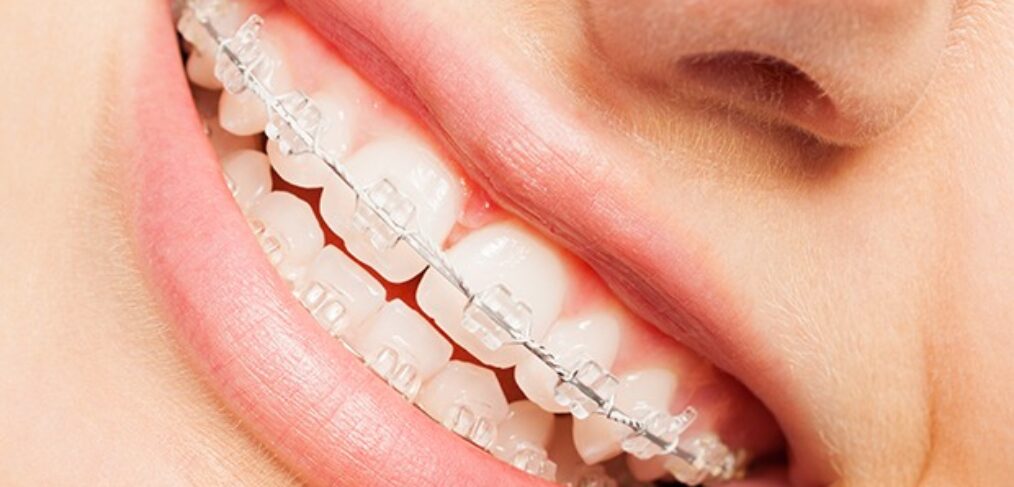
Diabetes is a chronic health condition that affects millions of people worldwide, impacting not just blood sugar levels but also various aspects of overall health. One of the lesser-known areas impacted by diabetes is oral health. Research shows a strong connection between diabetes and various oral health issues, making it crucial for those with diabetes to maintain a proactive approach to dental care. Understanding the relationship between diabetes and oral health can help individuals manage symptoms, prevent complications, and lead a healthier life overall.
1. How High Blood Sugar Affects Your Mouth
When blood sugar levels are high, the body’s immune system is affected, and healing slows down. This is particularly relevant for the tissues in the mouth, which can become inflamed and more susceptible to infection when sugar levels are not controlled. For individuals with diabetes, this means a heightened risk of gum disease, one of the most common oral health issues linked to diabetes.
High blood sugar also creates an ideal environment for bacteria to grow. Saliva contains glucose, and when blood sugar levels rise, glucose levels in saliva rise too, fueling the growth of harmful bacteria in the mouth. These bacteria can lead to plaque buildup, increasing the risk of cavities and gum disease.
2. The Increased Risk of Gum Disease
People with high blood sugar have a higher risk of developing gum disease, or periodontal disease, compared to those without diabetes. This is because diabetes affects blood vessels, reducing blood flow to the gums. Without proper blood flow, gums receive less oxygen and nutrients, which are necessary to fight off infections and inflammation.
Additionally, gum disease can worsen high blood sugear control. Inflammation caused by gum disease can affect blood sugar levels, creating a cycle where gum disease worsens diabetes and vice versa. Therefore, managing gum health is essential for maintaining stable blood sugar levels in people with diabetes.
3. Dry Mouth and Its Consequences
Dry mouth, or xerostomia, is another common oral health issue for those with diabetes. When blood sugar levels are high, the body produces less saliva, leading to a dry mouth. Saliva is essential for neutralizing acids in the mouth, washing away food particles, and preventing decay.
Without enough saliva, the risk of developing cavities and gum disease increases. A dry mouth can also cause discomfort, make it difficult to chew or swallow, and increase the risk of oral infections, including fungal infections like thrush.
4. Slow Healing and Infections
High blood sugar slows down the body’s ability to heal, which can affect oral health significantly. For instance, people with diabetes may take longer to recover from dental procedures such as extractions or gum treatments. Slow healing can lead to complications and make recovery uncomfortable.
Moreover, high blood sugar can increase the likelihood of infections in the mouth, as the immune system is compromised. Oral infections can further disrupt blood sugar control, creating a cycle that makes it harder to manage both diabetes and oral health.
5. Tips for Managing Oral Health with Diabetes
Managing oral health is a critical part of overall diabetes care. Here are some practical tips to help people with diabetes protect their oral health:
- Regular Dental Checkups: Visit the dentist at least twice a year to catch any issues early on and receive professional cleanings. Inform your dentist about your diabetes diagnosis so they can provide care tailored to your needs.
- Maintain Good Oral Hygiene: Brush your teeth twice a day with fluoride toothpaste and floss daily. Using an antibacterial mouthwash can also help reduce the risk of gum disease and plaque buildup.
- Control Blood Sugar Levels: One of the most effective ways to prevent oral health issues is to keep blood sugar levels within a healthy range. Work with your healthcare provider to monitor and manage your blood sugar.
- Stay Hydrated: Drinking water frequently can help combat dry mouth, promote saliva production, and keep your mouth moist.
- Avoid Smoking: Smoking can exacerbate both diabetes and gum disease. For those with diabetes, quitting smoking can reduce the risk of complications and improve overall health.
The connection between diabetes and oral health is significant, with high blood sugar levels increasing the risk of gum disease, dry mouth, slow healing, and infections. By understanding these risks and taking proactive steps, individuals with diabetes can help protect their oral health and manage their diabetes more effectively. With good dental hygiene, regular checkups, and stable blood sugar levels, it’s possible to maintain a healthy mouth and prevent complications. Remember, a healthy smile is a vital part of a healthy body, especially for those managing diabetes.
Schedule a Free Consultation Now!
If you or a loved one is managing diabetes, remember that oral health care is a key step in maintaining overall well-being.
Schedule a free consultation now with us to discuss the best dental care practices and receive personalized guidance.
Our team is here to help you protect your smile and manage the impact of diabetes on your oral health. Contact us today and take the first step toward a healthier life!
Want to get to know us a little better? Check out our YouTube Videos!

